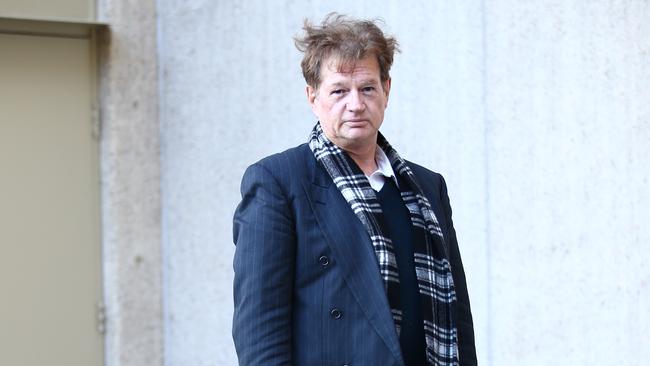Youth crime surge: Hardcore offender numbers rising despite crackdown
Queensland’s cohort of hardcore youth offenders is larger than ever despite the government’s ongoing push of measures targeting the worst of the worst, data has revealed.
Police & Courts
Don't miss out on the headlines from Police & Courts. Followed categories will be added to My News.
Queensland’s cohort of hardcore youth offenders is larger than ever despite the government’s continuing push to target the worst of the worst, data has revealed.
And these hardened recidivists are making up a larger portion of all young offenders, with experts pointing to cracks in areas like child safety and increased social disadvantage over years as factors.
Premier Annastacia Palaszczuk this week said there were “300 to 400 repeat offenders that we need to target”, but Childrens Court of Queensland data has pointed to figures of more than 500.
The Childrens Court, using the new Serious Repeat Offender Index (SROI) in its latest annual report, found 17 per cent of young offenders – or 568 children – were responsible for nearly half of crimes committed in 2021-22.
The Serious Repeat Offender Index, created by state authorities including youth justice and police in early 2021, measures the volume and seriousness of a young person’s offending behaviour.
The state government’s crucial Youth Justice Reform Review, a report looking into the early impacts of a suite of measures enacted in 2021, revealed the number of serious repeat offenders – based on the SROI – had increased from 366 in 2019 to 461 in 2021.

Griffith University criminologist Ross Homel said the impact of rising cost of living was more concentrated among the disadvantaged, exacerbating the factors such as neglect, violence and poverty that pushed children into the justice system.
“There’s holes in the system failing these kids and it’s a multi-factor thing that’s developed over years and years. … We’re seeing a concentration of the increased gap between the most disadvantaged and the rest of the community,” he said.
Lindsay Wegener, executive director of child protection representative group PeakCare Queensland, said the government needed to address the underlying issues of youth crime – such as poverty, youth homelessness and family violence – rather than symptoms.

Data released by the Australian Institute of Health and Welfare, released in December 2022, revealed more than half of children under youth justice supervision had come to the attention of the child protection system in the past five years.
Opposition assistant justice spokeswoman Laura Gerber said the youth crime wave was a “direct result of a failure of leadership” of the state government, pointing to the increase in serious repeat offenders as proof the 2021 measures had failed.
A Youth Justice department spokesman said young offenders needed to be held accountable for their actions but also “given the opportunity to turn their lives around”.





